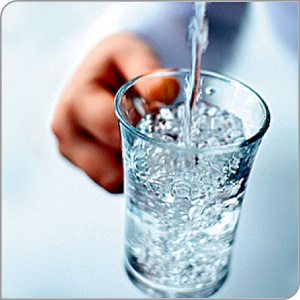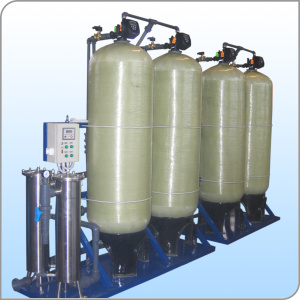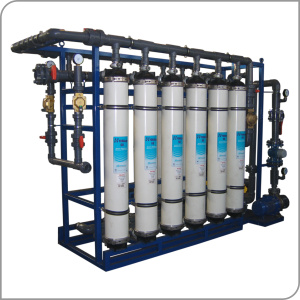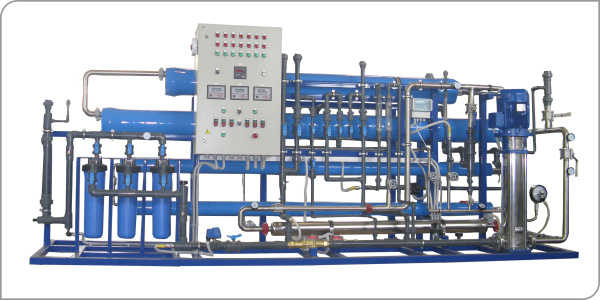Municipal and communial services
 «BMT ltd» produces a wide range of equipment for surface and underground water treatment with the aim of producing high quality drinking water in compliance with RF Sanitary Standards 2.1.1074-01 and 2.1.4.1116-02. High quality of water is achieved due to the combined application of innovative membrane technologies and conventional water treatment methods.
«BMT ltd» produces a wide range of equipment for surface and underground water treatment with the aim of producing high quality drinking water in compliance with RF Sanitary Standards 2.1.1074-01 and 2.1.4.1116-02. High quality of water is achieved due to the combined application of innovative membrane technologies and conventional water treatment methods.
Nowadays great attention is paid in Russia to the quality of water supplied to population for household water use.
For household water use supply both artesian and surface water is widely used. As a rule underground water is characterised by high level of hardness, iron, manganese content and general salinity. Some underground sources contain such impurities as boron, bromine, silicon, fluorides, arsenic etc in concentration prevailing maximum allowable concentration.
The following technologies of treating underground waters in compliance with State Sanitary Standards are widely spread.
 Water hardness reduction is traditionally and quite effectively is achieved through ion-exchange plants for plants for water softening.
Water hardness reduction is traditionally and quite effectively is achieved through ion-exchange plants for plants for water softening.
Iron and manganese removal from underground water is as a rule performed by dissolved iron and manganese oxidation by transformation into colloid substance with their further filtration.
To remove boron, silicon, fluorides from water, to reduce total hardness membrane plants (оReverse Osmosis and nanofiltration) are used. Applying correct and responsible approach for developing membrane plants there is a possibility to produce not completely desalinated watrer, but physiologically valuable water balanced in salt content. Membrane water treatment plants are characterised by stable processed water quality, minimal operation costs and size.
Surface (natural) water (rivers, lakes, ponds, water storage basins etc), used for population water supply, have high content of natural humic acids, fulvic acids, suspended matters and anthropogenic organic and nonorganic pollutants like heavy metals, petroleums and other toxic components, which get into water from not properly processed waste waters.
В установках очистки воды из поверхностных водоисточников все чаще применяются установки ультрафильтрации на половолоконных мембранах. Совместно с реагентной обработкой они позволяют очень эффективно очищать воду от взвешенных и коллоидных примесей, в том числе и в условиях сезонных колебаний их содержания. Мембранная половолоконная ультрафильтрация является современной заменой традиционным _осветлительным фильтрам_ с загрузкой из кварцевого песка, антрацита и т.п.
Снижение цветности поверхностных вод до требований СанПиН достигается использованием после стадии предочистки мембранной нанофильтрации.
Необходимо особо отметить, что солевой состав воды при использовании ультрафильтрации практически не изменяется, при использовании нанофильтрации корректируется, но полного обессоливания не происходит. Для очистки поверхностных вод, имеющих, как правило, невысокое солесодержание, это замечание является важным критерием возможности использования мембранной технологии.


